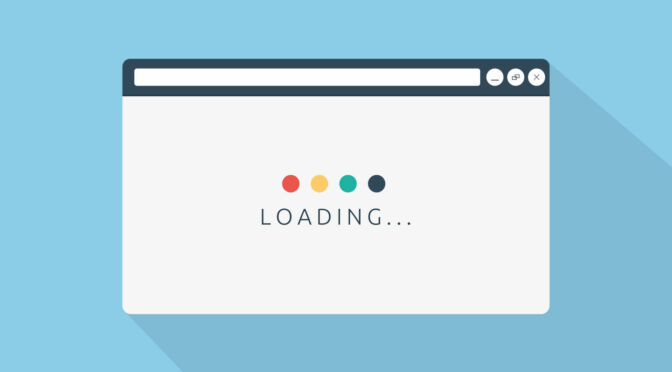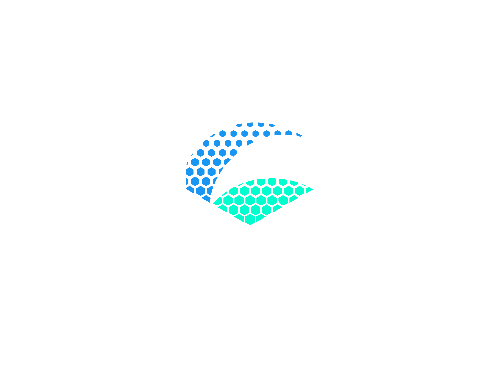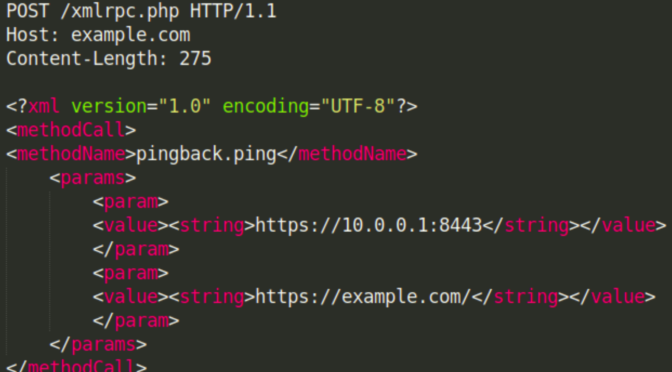
[ai_post_generator_toc]
Why it is important to have a good speed
Why it is important to have a good speed for SEO and GOOGLE searches
In today’s digital age, having a fast-loading website is crucial for various reasons. One of the most important reasons is its impact on SEO and Google searches. Search engines like Google prioritize websites that load quickly because they provide a better user experience. When a website takes too long to load, users tend to bounce back and look for alternative options. This high bounce rate can negatively affect your website’s search engine rankings.
Moreover, Google has explicitly stated that page speed is a ranking factor in its search algorithm. Websites that load faster are more likely to appear higher in search results, thus increasing their visibility and organic traffic. Therefore, optimizing your website’s speed is not only important for user experience but also for improving your search engine rankings.
Why it is important to have a good speed for client reaching and mobile devices
Why it is important to have a good speed for client reaching and mobile devices
In addition to SEO benefits, having a fast website is crucial for client reaching and mobile devices. Nowadays, the majority of internet users access websites through their smartphones or tablets. These mobile devices often have limited processing power and internet connectivity compared to desktop computers.
If your website takes too long to load on mobile devices, potential clients may get frustrated and abandon it. This can lead to a loss of business opportunities and potential customers. Therefore, optimizing your website for mobile devices and ensuring it loads quickly is essential for reaching and retaining clients in today’s mobile-centric world.
Optimize each javascript or other code to be minified and not use a lot of memory
Optimize each javascript or other code to be minified and not use a lot of memory
One effective way to improve website speed is to optimize the code used in its development. JavaScript and other code files can often be optimized by minifying them. Minification removes unnecessary characters, spaces, and comments from the code, resulting in smaller file sizes. Smaller file sizes lead to quicker loading times and reduced bandwidth usage.
Additionally, it is crucial to ensure that the code used in your website does not consume excessive memory. Bloated code can significantly slow down your website’s performance. By optimizing the code and ensuring it uses minimal memory, you can enhance your website’s speed and provide a smoother user experience.
Use latest technologies in website creation and optimize animations
Use latest technologies in website creation and optimize animations
Staying up-to-date with the latest technologies and trends in website creation is instrumental in maintaining a good speed and design. Using modern frameworks, libraries, and tools can significantly improve your website’s performance. For instance, utilizing technologies like Three.js or CSS animations can help optimize and streamline your website’s animations, resulting in faster loading times and smoother transitions.
By embracing the latest technologies, you can leverage their performance benefits and enhance your website’s overall speed and design. However, it’s essential to ensure that these technologies are implemented and used correctly to avoid any negative impact on your website’s performance.
Optimize each image of the website with 2 or 3 image compressors
Optimize each image of the website with 2 or 3 image compressors
Images play a crucial role in web design, but they can also be a significant factor in slowing down your website. Optimizing each image on your website is essential for maintaining good speed. One way to achieve this is by using image compressors.
There are numerous image compression tools available that can significantly reduce the file size of your images without compromising their quality. It is recommended to use two or three different image compressors to ensure the best possible optimization. By compressing your images, you can minimize the time it takes for them to load, ultimately improving your website’s speed and user experience.
Create a design divided in pieces that loads after the page is fully loaded
Create a design divided in pieces that loads after the page is fully loaded
Another effective strategy to maintain good speed and design is to create a website design that loads in pieces after the page is fully loaded. This approach, often referred to as “lazy loading,” allows the initial content of the page to load quickly while deferring the loading of additional elements, such as images, videos, or interactive components, until they are needed.
By implementing lazy loading techniques, your website can achieve faster initial loading times, enhancing the overall user experience. Users can start engaging with the primary content without experiencing significant delays. As they scroll or interact with the page, the remaining design elements load progressively, providing a seamless and optimized browsing experience.
In conclusion, maintaining a good speed and design on a website is crucial for various reasons. It positively impacts SEO and Google searches, client reaching on mobile devices, and overall user experience. By implementing strategies such as optimizing code, utilizing the latest technologies, compressing images, and employing lazy loading techniques, you can ensure that your website loads quickly and provides an exceptional user experience.






